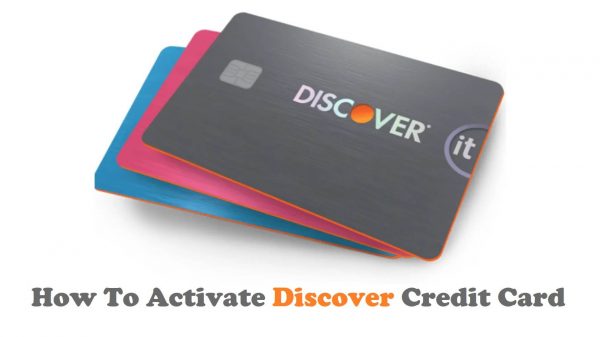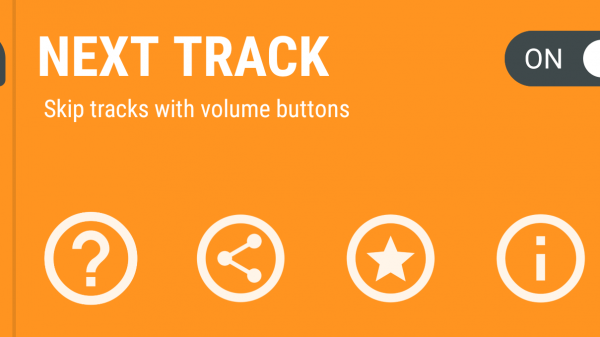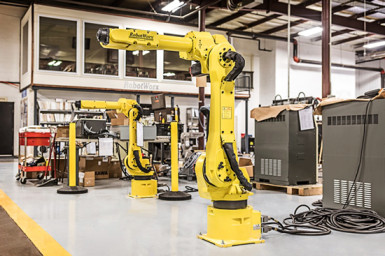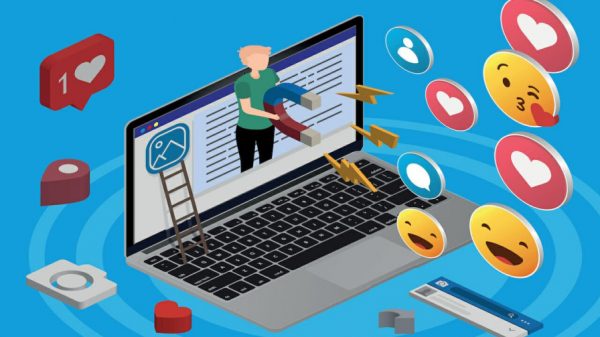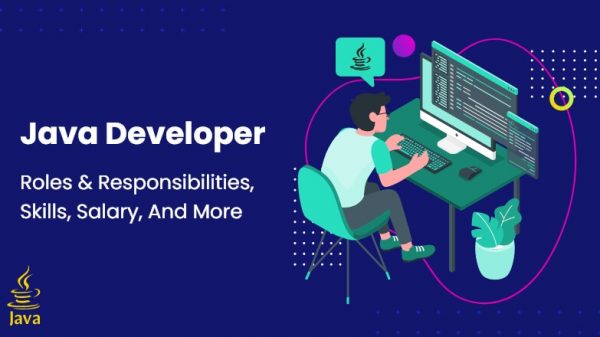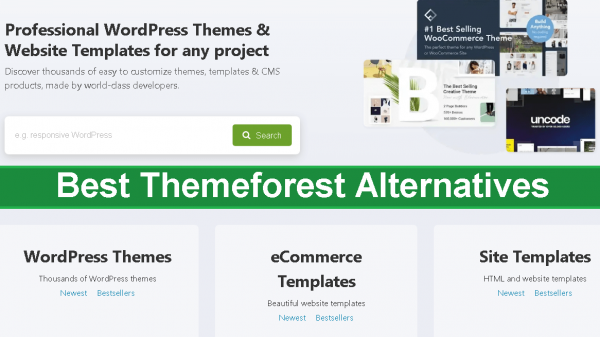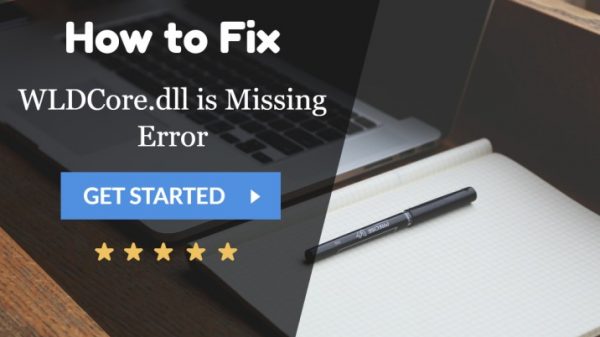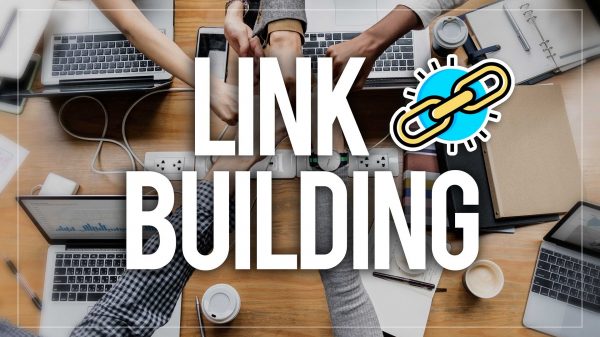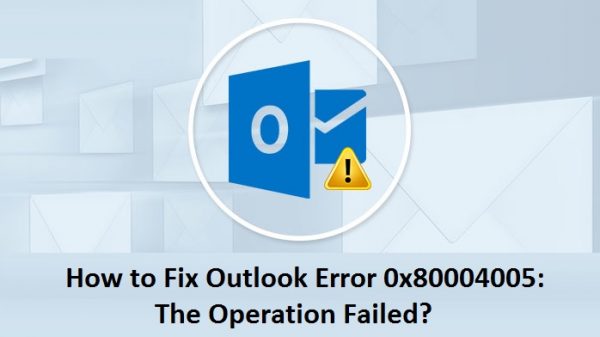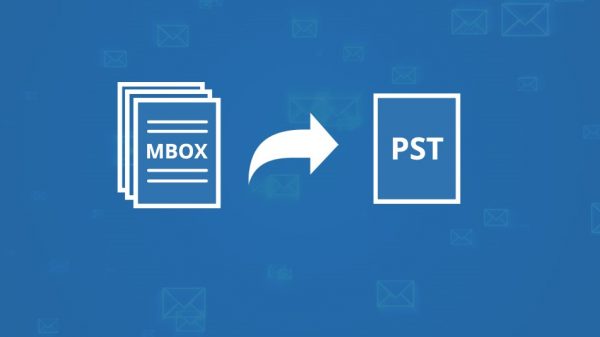Most organizations work with different teams collaborating with each other across complex systems, and geographies. Agile can help in facilitating the processes of enterprise and ensure better quality products, quicker response to the queries of customers, and faster delivery. However, when the company is making an agile transformation at such a big scale and doesn’t have the proper processes and structure, it is prone to failure. Even if they somehow manage to complete the projects, you won’t be able to see the impact of Agile implementation. There are different methodologies that can be used for helping the organization follow the Agile approach. One such methodology is the Scaled Agile Framework (SAFe).
SAFe is a methodology implemented for carrying out the Agile transformation for large-scale project teams. The Scaled Agile, Inc. launched the SAFe framework in 2011. Since then, there have been 5 major updates reflecting the changes in the industry’s requirements. The latest update is version 5.0 where the ‘Seven Core Competencies’ of Lean Enterprise have been introduced. Through these competencies, SAFe organizations can build a truly Lean enterprise. This is important if you want to get an advantage over your competition.
The first step towards this change is applying principles and practices of Lean/Agile in an enterprise. The SAFe framework allows effortless synchronization of the collaboration, alignment, and delivery of different agile teams. This will eventually lead to the success of the enterprise. In its latest version, SAFe promises to provide full business agility along with advances in strategizing, executing, and leading. This will help the organizations and individuals in delivering innovative business solutions and superseding the competition.
There are 4 levels of the organization with different roles. Here are the responsibilities of different SAFe roles:
- Team Level- At this level, the roles are responsible for coordinating and synchronizing with the events at the team level. Through this, Agile teams are aided in the development and delivery of value in the context of ART (Agile Release Train). The different roles at the team level include:
- Agile Team – A cross-functional team including Product Owner, Dev Team, and Scrum Master.
- Development Team – A cross-functional team including developers, testers, and specialists delivering a vertical slice of functionality.
- Product Owner – Responsible for the prioritization of Product Backlog and defining user stories.
- Scrum Master – A servant-leader and Agile Team coach who helps with the facilitation of team events, removal of impediments, and fostering an environment suitable for high-performing teams.
- Program Level- All the roles working at the Program Level are responsible for aligning the team with the project goal and implementing necessary governance for supporting the ARTs. Here are the roles of Program Level:
- System Engineer – The professional responsible for applying systems thinking into the project.
- Product Management – An individual who works with the product owners and customers for understanding the requirements and is responsible for the program backlog.
- Business Owner – A group of stakeholders with the technical responsibility for Return on Investment (ROI).
- Release Train Engineer – This is a servant-leader and chief Scrum Master responsible for facilitating the optimized flow of value through different mechanisms.
- Large Solution Level- At this level, roles are responsible for coordinating with multiple ARTs and suppliers and providing the required governance. Here are the involved roles:
- Customer – The individual who buys every solution.
- Solution Engineer/Architect – This can be an individual or a small team responsible for defining the technical and architectural vision for the solution.
- Solution Train Engineer – A servant leader and a coach who facilitates and guides ARTs and suppliers.
- Solution Management – Responsible for working with customers to understand their requirements.
- Supplier – An external or internal organization that creates and delivers the systems, subsystems, or components.
- Portfolio Level – At the Portfolio roles, roles are responsible for coordinating with the different stream levels and providing a high level of accountability and governance. The roles involved at this level are:
- Epic Owners – Responsible for coordinating Portfolio Epics through the portfolio Kanban systems.
- Lean-Portfolio Management – Represent individuals with the highest level of financial accountability and decision making.
- Enterprise Architect – Responsible for optimizing portfolio outcomes by offering strategic technical direction.
- Other Supporting Roles
- System Team – Helps in building and using the environment for Agile development.
- Lean-Agile Leaders – Responsible for adopting SAFe successfully.
- Lean User Experience – Creating the process, mindset, and culture embracing the methods of Lean/Agile.
Leading SAFe training
During the Leading SAFe training, you will learn the following:
- Fundamentals – How Agile, Lean, and Product Development Flow are the foundation of the Scaled Agile Framework.
- Lean-Agile principles – Recognizing and applying the Lean-Agile principles and mindset to becoming a Lean-thinking manager.
- Effective scaling – Applying the values of SAFe for scaling Agile and Lean development in the enterprise.
- Maximize value – Integrating, deploying, and releasing value for supporting PI events in program execution.
- Lean Portfolio – Empowering with Lean Portfolio by implementing Agile-Lean principles to the principles and roles of SAFe.
- Seven Core Competencies – Understanding the core competencies of SAFe and coordinating the development of large solutions.
- Leadership skills – Enhancing Agile-Lean leadership skills and creating purpose-bound, high-performing Agile teams.
- Lead Transformation – Supporting Agile-Lean transformation in the organization with the implementation roadmap.
- Lean Portfolio Management – Establishing alignment and executing with Lean Portfolio Management (LPM) and Strategic Themes.
Why should you go for Leading SAFe training?
Today, the Leading SAFe certificate is the benchmark for Lean-Agile enterprises. With the certification, you can widen your scope in terms of career opportunities and value. You will also be able to get a salary raise in your current organization. Here are a few more benefits of Leading SAFe training:
- Individual Benefits
- Leading transformation in Scrum teams
- Becoming a top-earning professional
- Grabbing more job opportunities
- Keeping up with the ever-changing market trends
- Organizational Benefits
- Applying SAFe in the enterprise
- Delivering more value
- Improving collaboration and communication across different teams and projects
- Introducing Agile for the whole organization and not just for IT delivery
The average annual income of a Certified SAFe Agilist is about $98k. However, this salary will be based on experience, skills, organization, and other factors. More and more companies are switching to Agile. This has led to an exponential increase in the number of jobs for professionals who are familiar with the practices of Agile and Lean at different levels. As a SAFe certified professional, you will have a significant, competitive advantage in the present industry.





